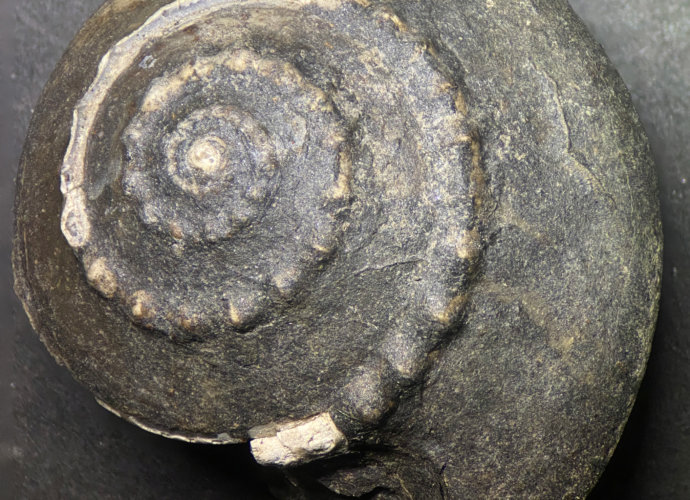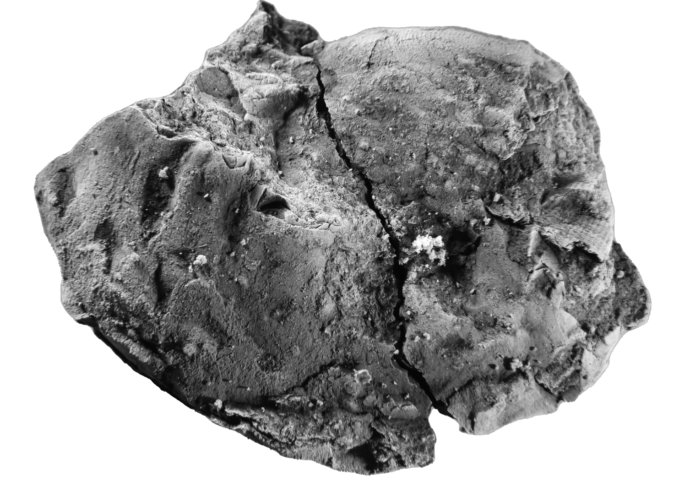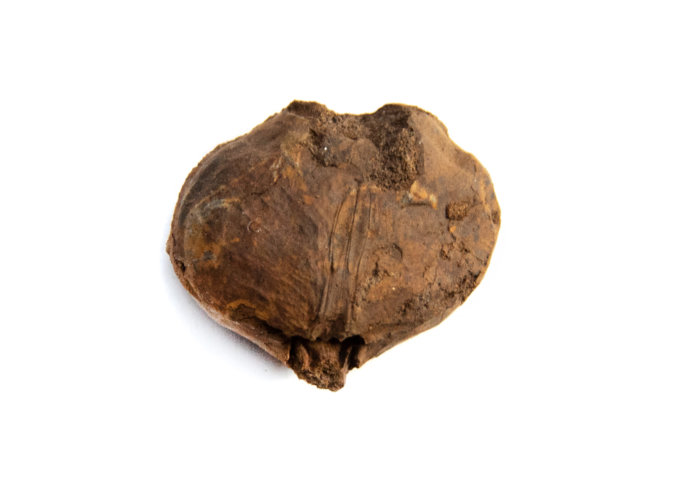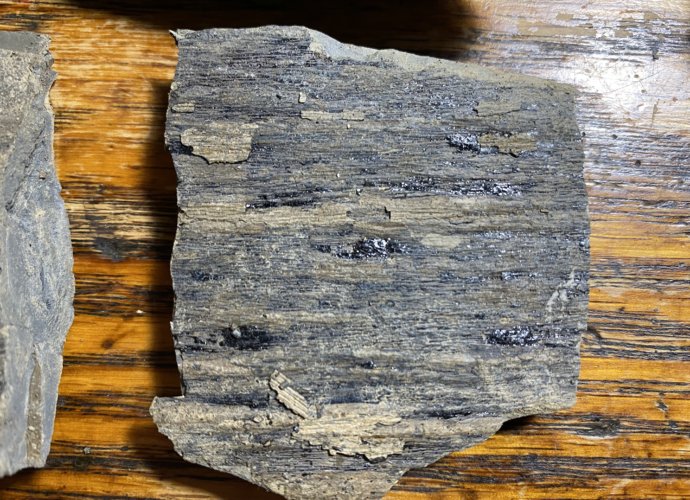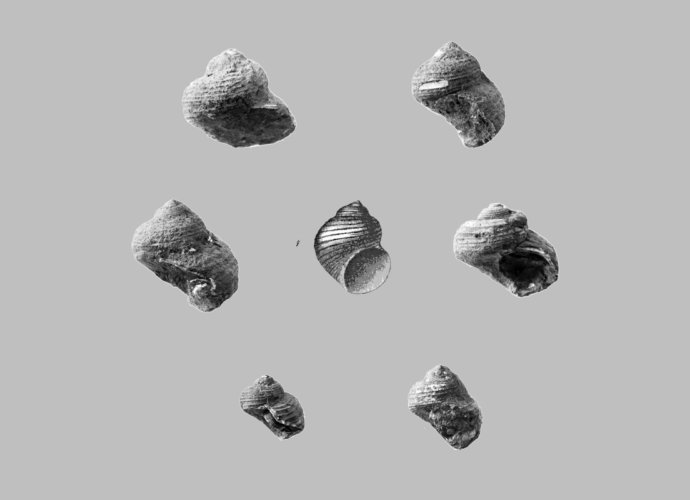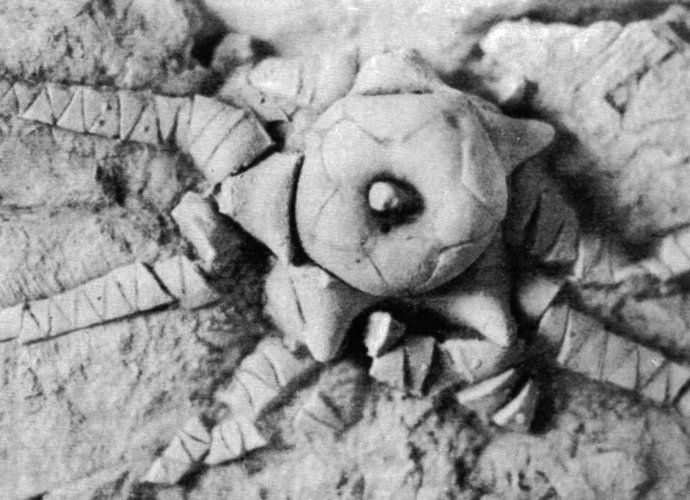Historical Strobeus Fossil Plates
In doing broader research on three species of Strobeus that occur within the Glenshaw Formation in Western Pennsylvania, I have discovered many excellent plates by former authors. These plates are miniature works of art, capturing details of these fossil gastropods that may not be available in photographs. The art canRead More →


